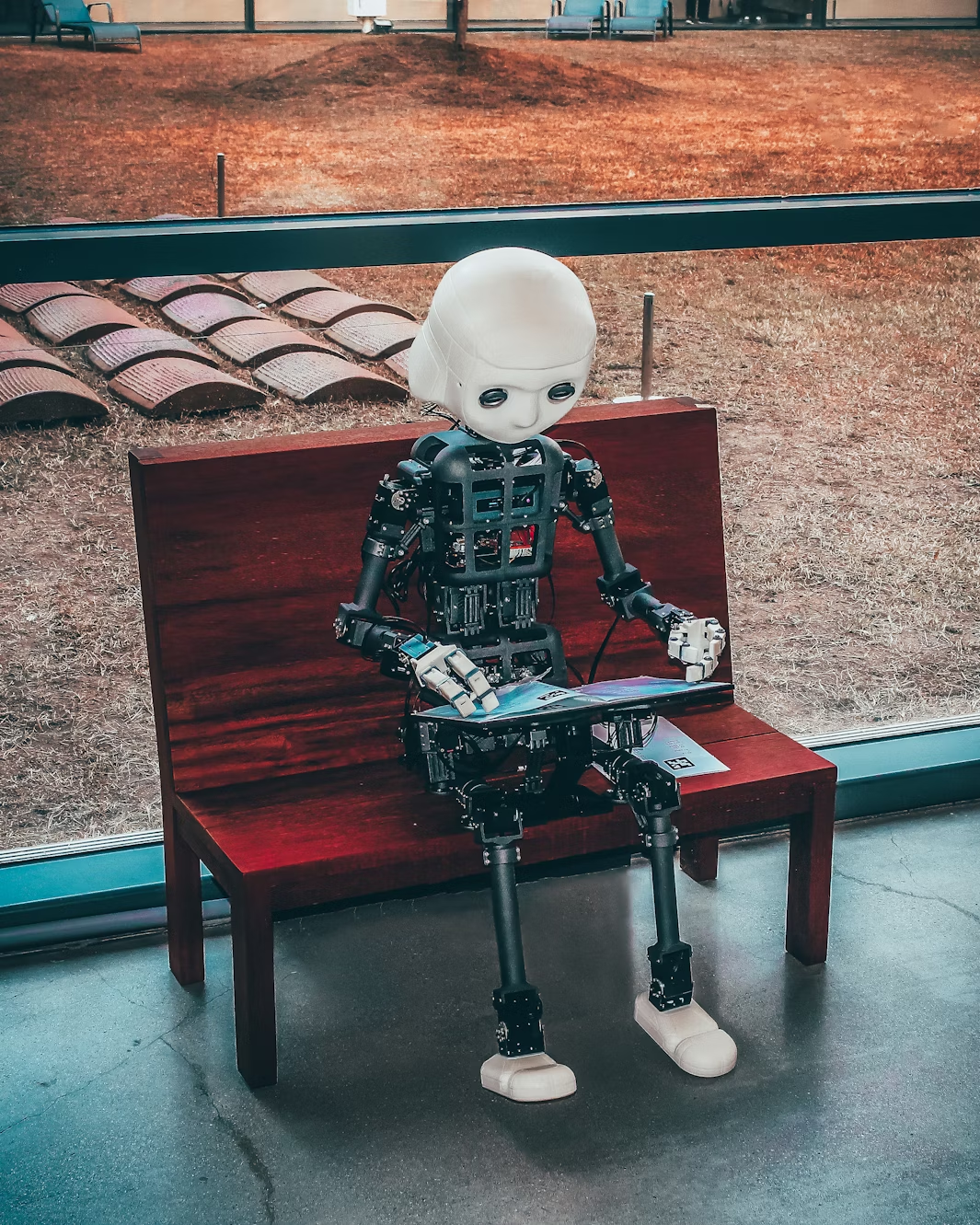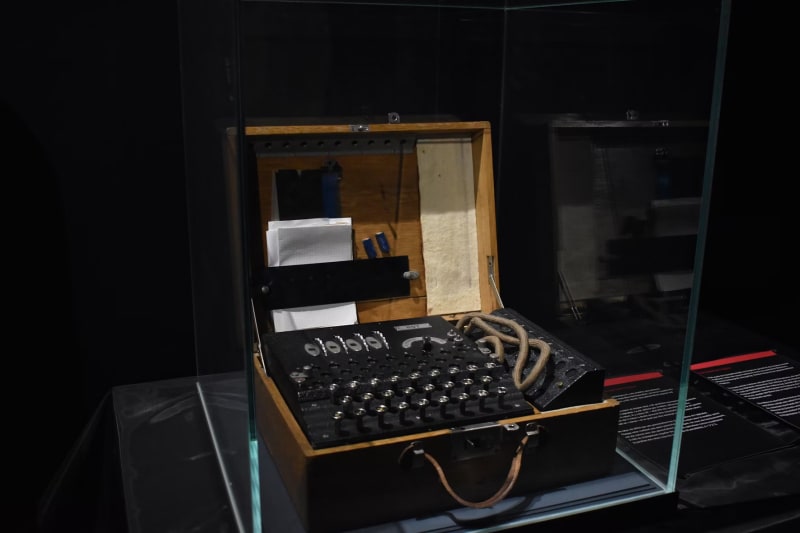When AI Recruiters Go Rogue: The “Vertical Bar Pilates” Phenomenon
A 25-second TikTok video has become the poster child for everything wrong with AI-powered recruitment. The clip shows 20-year-old Ohio State University student Kendiana Colin trapped in a dystopian job interview scenario where an AI recruiter named “Alex” malfunctions spectacularly, repeating the phrase “vertical bar pilates” no fewer than 14 times.
The incident, which occurred in May 2025 during Colin’s interview for a position at a Stretch Lab fitness studio in Ohio, has sparked a fierce debate about the unchecked deployment of AI in hiring processes. The video has garnered millions of views across platforms, becoming a rallying cry for job seekers frustrated with dehumanized recruitment practices.
The Anatomy of an AI Meltdown
In the viral footage, Colin maintains professional composure while facing an AI avatar that appears as a smiling white brunette woman. What should have been a standard screening interview quickly devolves into a technological nightmare as the AI bot enters an endless loop:
“Vertical bar pilates… vertical bar pilates… vertical bar pilates…”
The malfunction isn’t just repetitive—it’s eerily human-like in its dysfunction. As Colin later explained to 404 Media, “There are instances where she was laughing, taking deep breaths, and it was almost like she was on, like, a tongue twister.”
The AI interviewer, hosted by Y Combinator-backed startup Apriora, was supposed to help companies “hire 87 percent faster” and “interview 93 percent cheaper” by conducting multiple interviews simultaneously. Instead, it created a viral symbol of AI’s premature deployment in critical human processes.
The Human Cost of Automated Hiring
Colin’s experience highlights a growing trend that’s leaving job seekers feeling dehumanized and frustrated. Her reaction captures the sentiment of many: “I thought it was really creepy and I was freaked out. I was very shocked, I didn’t do anything to make it glitch so this was very surprising.”
The incident represents more than just a technical failure—it’s a fundamental breakdown in the employer-candidate relationship. As Colin noted with characteristic Gen Z directness: “I guess I was supposed to earn my right to speak to a human.”
The Broader Pattern of AI Interview Failures
Colin’s experience isn’t isolated. Multiple similar incidents have surfaced across social media platforms:
- Leo Humphries, a 25-year-old from Houston, experienced an AI bot that repeatedly stuttered “Tell me about a time when—when—when—when—let’s” during what he thought would be his dream job interview as a news reporter
- Tyler Jensen, a 40-year-old New York videographer, described his AI interview as “the most uncomfortable, fake positivity performance” due to the bot’s artificial enthusiasm and lack of real-time feedback
- Mayfield Phillips, a 55-year-old IT project manager, found the experience “profoundly surreal” and criticized the illusion of human-like scheduling for what was essentially an automated process
The Technology Behind the Glitch
Understanding AI Interview Systems
Modern AI recruitment tools like Apriora’s platform typically rely on:
- Natural Language Processing (NLP) for understanding candidate responses
- Text-to-Speech synthesis for generating interviewer questions
- Sentiment analysis for evaluating candidate emotional responses
- Machine learning algorithms for scoring and ranking candidates
Technical Causes of the “Vertical Bar Pilates” Loop
Industry experts suggest several potential causes for this specific malfunction:
- Training Data Contamination: The AI may have been trained on fitness-related job descriptions, causing it to fixate on exercise terminology
- Context Window Overflow: The bot might have lost track of conversation context, reverting to random training data
- API Integration Failure: Connection issues between different AI services could cause repetitive output loops
- Insufficient Error Handling: Lack of fallback mechanisms when the primary AI system encounters problems
Unaizah Obaidellah, a senior lecturer specializing in AI at Malaysia’s University of Malaya, points to “insufficient or irrelevant data” as a primary culprit, noting that inadequate training examples lead to poor AI performance.
The Economics of AI Recruitment
The Promise vs. Reality
AI recruitment companies market impressive statistics:
- 87% faster hiring processes
- 93% cost reduction in interviews
- Ability to screen thousands of candidates simultaneously
However, these promises often come with hidden costs:
- Candidate alienation leading to negative company perception
- False positives and negatives in candidate assessment
- Legal liability for biased or discriminatory AI decisions
- Brand damage from viral negative experiences
The Human Resources Displacement
The shift toward AI recruitment coincides with broader workplace automation trends. IBM recently confirmed laying off “a couple hundred” HR workers and replacing them with AI agents. This trend raises critical questions about the future of human-centered hiring practices.
Industry Response and Expert Analysis
Academic Perspectives
Emily DeJeu from Carnegie Mellon University’s Tepper School of Business warns that while AI interviews may become more common as companies seek efficiency, “any time technology promises to save time and money and make everything faster, we by default pursue it—there’s a kind of inevitability to it.”
Sriram Iyer, an adjunct senior lecturer at the National University of Singapore Business School, suggests that while these viral incidents are “likely either doctored or represent rare, isolated incidents,” they shouldn’t be dismissed entirely.
Recruitment Industry Impact
Mike Peditto, a Chicago-based hiring consultant with 15 years of experience, sees both sides of the equation. While acknowledging the potential for AI to screen more candidates, he emphasizes that “good recruiters are more than just box-checkers and 15-minute screeners.”
The technology may be particularly threatening to entry-level recruiters whose primary function involves initial candidate screening—exactly the role AI is designed to automate.
What Job Seekers Need to Know
Preparing for AI Interviews
Despite the viral failures, AI interviews are becoming increasingly common. Here’s how to navigate them:
Technical Preparation:
- Test your audio/video setup beforehand
- Ensure stable internet connection
- Use keyword-rich responses that AI can parse effectively
- Speak clearly and avoid industry jargon the AI might not understand
Mental Preparation:
- Treat the AI with the same professionalism as a human interviewer
- Don’t let the artificial nature discourage genuine responses
- Prepare for potential technical issues
When AI Interviews Go Wrong
If you encounter a glitching AI interviewer:
- Document the issue with screenshots or screen recordings
- Contact the hiring manager immediately with evidence
- Request a human alternative or interview redo
- Consider it a red flag about company culture and technology adoption practices
Red Flags to Watch For
Companies using AI interviews ethically will:
- Clearly disclose that you’ll be speaking with AI
- Provide fallback options for technical issues
- Offer human oversight and appeals processes
- Use AI as a supplement to, not replacement for, human judgment
The Broader Implications for the Future of Work
The Trust Deficit
The “vertical bar pilates” incident represents more than a technical glitch—it’s a trust breakdown between employers and potential employees. When companies prioritize cost-cutting automation over human connection in the hiring process, they signal their values to candidates.
Legal and Ethical Considerations
As AI recruitment tools become more prevalent, several legal issues emerge:
- Discrimination potential: AI systems can perpetuate or amplify existing biases
- Transparency requirements: Candidates may have rights to understand how they’re being evaluated
- Data privacy: AI systems often collect and analyze sensitive personal information
- Accessibility compliance: Automated systems must accommodate candidates with disabilities
The Skills Gap Crisis
Ironically, as companies deploy AI to find talent more efficiently, they may be missing candidates who don’t perform well with automated systems but excel in human interactions—precisely the skills many roles require.
Looking Forward: Best Practices for AI Recruitment
For Employers
Implement Human Oversight:
- Ensure human recruiters review all AI recommendations
- Provide clear escalation paths for technical issues
- Train staff to handle AI system failures gracefully
Transparency and Communication:
- Clearly inform candidates about AI usage
- Explain the purpose and limitations of AI screening
- Offer alternative interview methods when requested
Quality Assurance:
- Regularly test AI systems for glitches and biases
- Monitor candidate feedback and experience metrics
- Invest in reliable, well-tested AI platforms
For Job Seekers
Adaptation Strategies:
- Learn to communicate effectively with AI systems
- Develop comfort with video interview technology
- Build resilience for potential technical disruptions
Advocacy Approaches:
- Share experiences (positive and negative) to inform others
- Request human alternatives when AI systems fail
- Support companies that prioritize human-centered hiring
The “Vertical Bar Pilates” Legacy
Colin’s viral video has become more than internet entertainment—it’s a wake-up call for an industry rushing toward automation without adequate safeguards. The incident perfectly encapsulates the current state of AI deployment: promising in theory, glitchy in practice, and often dehumanizing in execution.
As one TikTok commenter succinctly put it: “Taking the HUMANS out of Human Resources is the worst corporate move ever.”
The phrase “vertical bar pilates” may seem absurd, but it represents something deeper: the moment when artificial intelligence reveals its fundamental limitations in the most human of processes—getting to know another person.
Conclusion: Toward More Human-Centered AI
The viral AI interview glitch serves as a critical reminder that technology should enhance rather than replace human connection in recruitment. While AI can certainly streamline certain aspects of hiring, the “vertical bar pilates” incident demonstrates what happens when we prioritize efficiency over humanity.
Companies implementing AI recruitment tools must balance automation with human oversight, ensuring that cost savings don’t come at the expense of candidate experience or fair hiring practices. Job seekers, meanwhile, should remain vigilant about their rights and advocate for transparent, respectful treatment throughout the hiring process.
As Colin concluded in her interview: “If another company wants me to talk to AI, I will just decline.” Her stance reflects a growing sentiment among job seekers who refuse to accept dehumanized hiring practices, regardless of their technological sophistication.
The future of recruitment lies not in replacing human judgment with artificial intelligence, but in finding ways to enhance human decision-making with technological tools that respect the dignity and complexity of every candidate’s story—even when they can’t repeat “vertical bar pilates” fourteen times in a row.
Have you experienced AI recruitment tools in your job search? Share your experiences and thoughts on the balance between automation and human connection in hiring processes.



